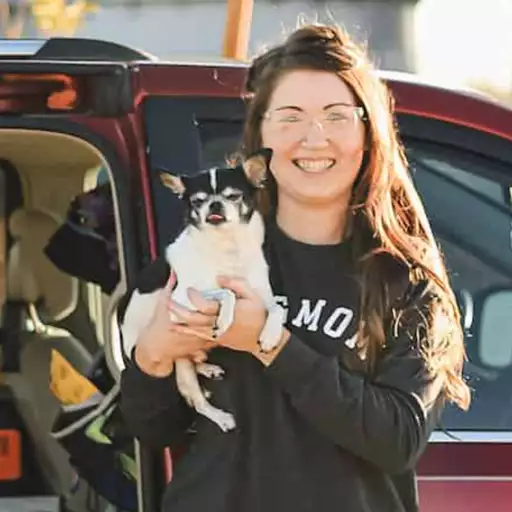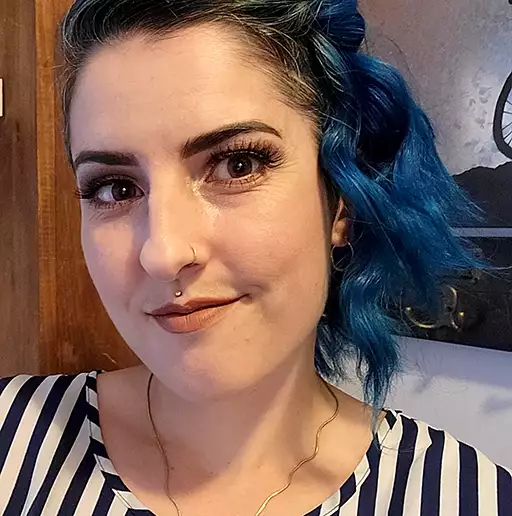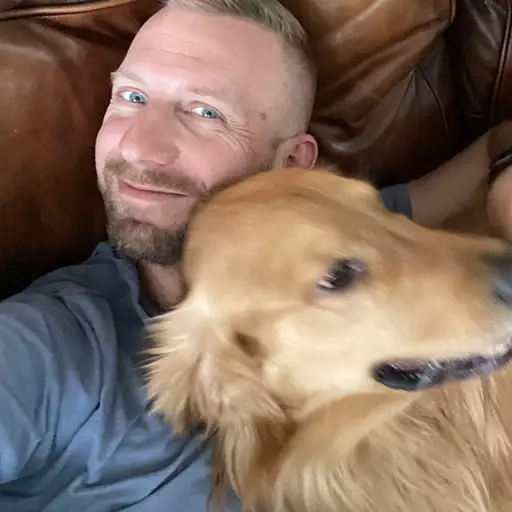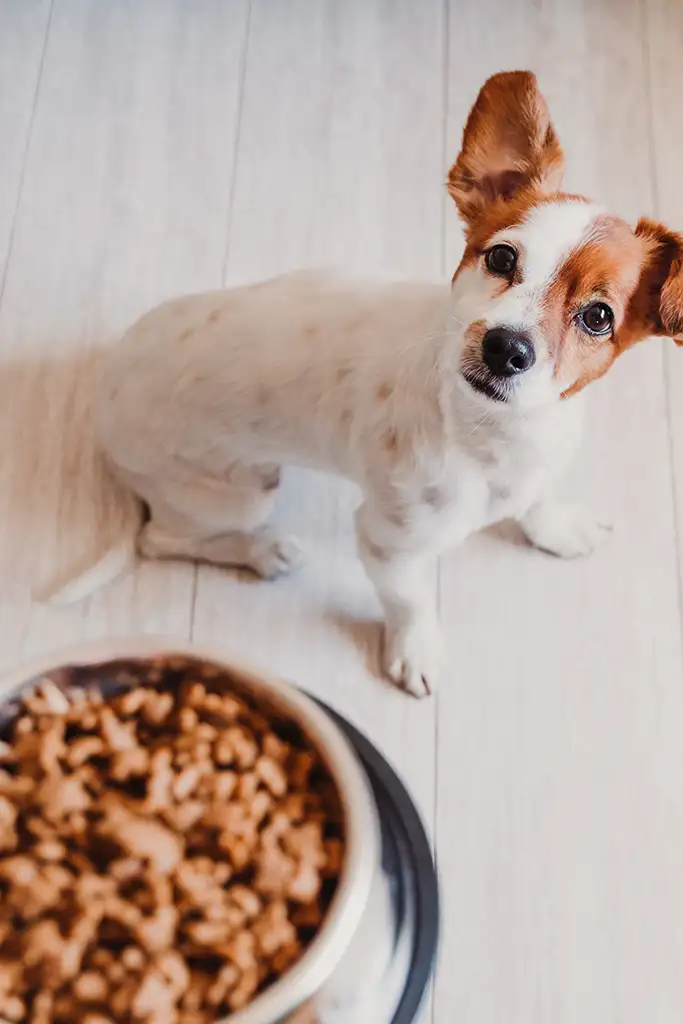Sable Colored Dogs : 17 Breeds With An Ombre Coat
Quick Guide
There has been much debate over the rarity of sable colored dog breeds. Some experts believe them to be quite rare, while others are convinced of their commonality. Ultimately the chance of coming across a sable colored dog depends on the breed. While most dogs can sport this color pattern, the frequency will vary from breed to breed.
With this specific coat coloration rising in popularity, it is no surprise that more and more potential dog owners are interested in finding out which breeds carry this dazzling coat. Luckily we can see this coat on dogs of all shapes and sizes.
What Color Is Sable
Although sable colored dogs have increased in popularity, it isn’t a traditional color. Therefore several individuals may struggle to imagine this color. This specific coat coloration blends light and dark colors. Sable doesn’t necessarily refer to the actual colors. Instead, sable is known for a blend of light color as a base and dark-colored tips. This mixture is also known as ombre.
For those with some expertise in dog breeding, the sable gene is dominant. This means that only one dog with the coloring is necessary to produce this effect in offspring. Sable is a fascinating pattern, mostly due to its variations.
Sable coloring comes in three variations:
- Clear sable
- Shaded sable
- Tipped sable
The variations are based on how much of the dog’s coat is covered by the sable mixture. If the coloring covers the whole body, we call this clear sable. Shaded sable is when the dark color is slightly overpowering. This is the most dominant form of sable coloring, as the light colors are barely noticeable. Finally, tipped sable occurs on the tail, head, and back area. This variation does not cover the entire body.
Sable Colored Dog Breeds
Here are just a few dog breeds that are compatible with the sable color:
German Shepherd
There is no better place to start than with the majestic German Shepherd. This breed is certainly on the large side of the spectrum. They are one of the most receptive to the sable color pattern. German Shepherds are incredibly athletic; thus, they require a ton of exercise and activity.
Several color variations are open to the German Shepherd, including grey, brown, and the rare red. Most German Shepherds have dominating black tips. The black color is standard in German Shepherds; however, we almost always see a mix of a lighter shade in addition to the black.
This makes the German Shepherd the most common sable colored dog breed.
Pug
Very few dog breeds boast as rich a history as the pug. In ancient times, the Chinese treated these dogs like royalty. The emperor of China would keep several pugs as royal companions. These tiny creatures are known for their curly tails. Although pugs are quite energetic, they suffer from breathing issues. This is mostly due to their facial structure that prohibits the taking of deep breaths.
Most pugs sport a short coat. We can usually see their sable coats primarily on their backs. It is common to see pugs with grey bases and dark tips.
Dachshund
The Dachshund is known for its stubborn personality. These troublemakers may be too much to handle for some. It is unusual to see such a small dog with this much energy, so training at a young age may be necessary. People bred these crafty dogs to be hunting companions, specifically for badgers. We don’t usually see this when it comes to smaller breeds.
What makes the Dachshund’s sable coat unique is that it comes in a variety of colors. The Dachshund is likely to have an incredibly smooth coat making it a joy to pet.
French Bulldog
Contrary to the Dachshund, the French Bulldog’s temperament is much calmer. That’s not to say that these dogs are not playful. However, they do tire quite easily. A single walk is all it takes to exhaust this breed for the day. It is for this reason that several individuals who live in apartments opt for the French Bulldog.
In addition to a calm nature, the French Bulldog comes in several colors. This bodes well for the potential of a sable colored pattern. Don’t be surprised to see a wide range of colors, including gold and mahogany. Of course, as is standard with the sable pattern, the tips will be black.
Chihuahua
Chihuahuas are the smallest dog breed around. In addition to being tiny and incredibly friendly, Chihuahuas have a diverse coat length. Chihuahuas can have both long and short coats. This bodes well for differing effects of the sable colored pattern. The sable look produces a different result, depending on the coat being long or short, regardless of color.
Owners must be careful not to spoil them. Doing so can lead to the development of an aggressive temper. Like the French Bulldog, the Chihuahua only needs a walk a day to satisfy its physical needs.
Borzoi
Borzois are known for their high prey drive. Don’t be surprised to find your Borzoi chasing around small animals if let loose in your backyard. The Borzoi’s majestic origins hail from Russia, and this is where their luxurious looks come from. Borzois are as agile as any dog breed. Breeders intended for them to be hunting dogs; therefore, they are incredibly quick on their feet.
There’s no denying the Borzoi’s enormous stature. They commonly grow to 120 pounds and stand at 32 inches. A wavy coat is what makes the sable pattern so mesmerizing. The light portion of the Borzoi is often white or silver, making the black tips incredibly impactful.
English Mastiff
Many dog owners may be surprised to discover that the English Mastiff is the largest breed in mass. It is quite common for this breed to weigh more than the average human.
English Mastiffs weigh between 170 and 220 pounds. Naturally, this big breed needs a ton of exercise. Due to the time it takes for English Mastiffs to reach their peak weight, the puppy phase is often longer than most dog breeds.
What makes their sable pattern so unique is that it is most commonly a peach color. The color is the result of mixing yellow and orange.
Collie
Following the German Shepherd, the Collie is undoubtedly one of the most common sable colored dog breeds. Intelligence is the Collie’s biggest strength. This breed excels in learning commands. The Collie is an ideal choice for dog owners who wish to bond over teaching commands. Back in the day, the Collie breed’s main task was to herd sheep.
Today, we see the Collie with two types of coats. One is rough around the edges, while the other is incredibly smooth. Despite this variation in coat texture, this breed’s most common sable pattern is a healthy-looking brown that borders on mahogany.
Belgian Tervuren
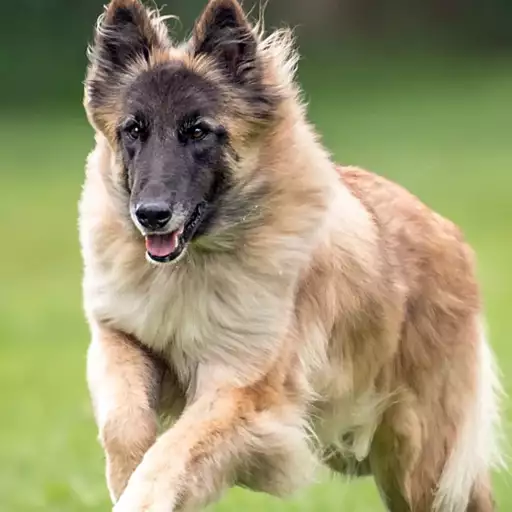
One thing the Belgian Tervuren has in surplus is energy. For years this breed has made countless runners ecstatic. Those who frequently exercise outdoors, including running or jogging, make a perfect match with the energetic breed. Daily exercise is a requirement for anyone looking to keep this breed happy.
Due to the Belgian Tervuren’s long coat, this breed requires frequent brushing. The coat is truly mesmerizing to look at. Although these dogs are prone to shedding, they maintain a luscious mane of hair. It is common to see the fabled pattern to take on a fawn color. For those who aren’t familiar with this particular color, fawn is a yellowish-tan.
Saluki
Very few dog breeds are as visually striking as the Saluki. There’s no denying that this breed is quite rare. The Saluki emanates such elegance. Its long facial features are what produce a unique look.
The Saluki is known for its speed. Burning energy is the key to keeping this one happy. However, it is vital to ensure that the environment is an enclosed area. Breeders intended the Saluki to be a hunting dog; thus, they have an incredibly high prey drive. A bonus for potential owners is the fact that this breed requires very little grooming and bathing. They are immune to the traditional dog smell that dog owners often complain about.
A distinct dark red color with a lighter white base is the most frequent combination of colors that creates the Saluki breed’s sable pattern.
Shetland Sheepdog
We’ve seen some large dogs and some small dogs. Now it is time to show some appreciation for medium-sized dogs. Shetland Sheepdogs have a coat that is exceptionally light brown at the roots with dark tips. Sometimes their fair base can be so light that it looks white to the naked eye.
English Shepherd
English Shepherds are not without their destructive behavior. They can be nasty little buggers if not appropriately trained. Fortunately, this intelligent breed is highly receptive to obedience training. That is mostly due to an excellent work ethic. The English Shepherd does not get discouraged easily.
It is typical to see a golden color with dark tips that blends into a white base in terms of sable coloring. The black is not as dominant as it is with other breeds.
Belgian Malinois
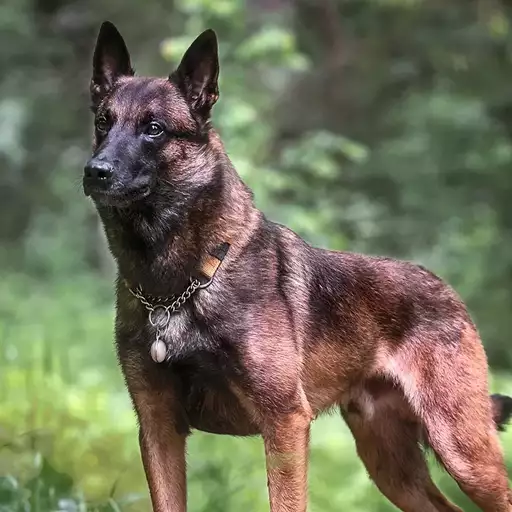
The Belgian Malinois does not suit first-time dog owners. Aside from being highly energetic, the Belgian Malinois must be busy at all times. This breed is known for acts of bravery. These dogs loved praise for positive actions. This breed can get restless quite quickly, which will lead to poor behavior. Owners must dedicate time and effort to match the Belgian Malinoises ambitious desires.
This breed is no stranger to dark tones. The dark brown and powerful black produce a wonderful blend of sable colors.
Pomeranian
Pomeranians are well known for their faces, which sport fox-like features. In addition to these unique features, Pomeranians are also incredibly cute puffballs. Almost every Pomeranian will display a sable coloring on their back. As for other areas, this is not a guarantee. Because of this, fully sable colored Pomeranians are very rare.
Sable colored Pomeranians can be seen with black tips, subtle orange undertones, and lighter brown palettes at the base. Interestingly enough, many Pomeranians outgrow their sable coloring.
Bernedoodle
The black-tipped hair is a constant inclusion when it comes to the Bernedoodle. However, the remaining colors are known to vary. In fact, the Bernedoodle has one of the rarest sable colored mixtures. This is because the coat seems to combine three colors instead of two.
White, brown, and black often make up the coat of a Bernedoodle. This combination of three colors only applies to the puppy phase. Once the adult coat sets in, the colors blend more efficiently, leaving the impression of only two colors.
Poodle
The Poodle is highly recognizable by the fancy cut of the same name. Brown and black are the two most common Poodle colors. A light brown base with black tips is what provides the sable coloring in this case.
Often with Poodles, we see their coats change throughout the years. The colors will begin quite dark during their puppy years and eventually lighten over time. You must groom Poodles often; therefore, you can see the sable effects clearly with each cut.
Husky
The wolf-like appearance of the Husky has produced a misconception that these dogs are fierce and unfriendly. In reality, a Husky is quite generous when meeting new people. They are also incredibly loyal dogs.
The sable colored Husky may be the rarest breed on this list. This coat color is a sight to see, and it is quite rare. In sable Huskies, black colored tips on the fur are a given, while the base color can range from red to silver.
Wrap Up
What makes sable colored dogs so unique is that we can see this pattern in several different forms. As long as the coat’s base is light and gradually becomes darker, the specific colors do not matter. Therefore we can witness sable colored dogs in a stunning variety of colors.
The sable pattern, involving red, brown, or most commonly black, can be found on many different breeds. Sable colored dogs may not be the most traditional dogs; however, they are truly a sight to see.



